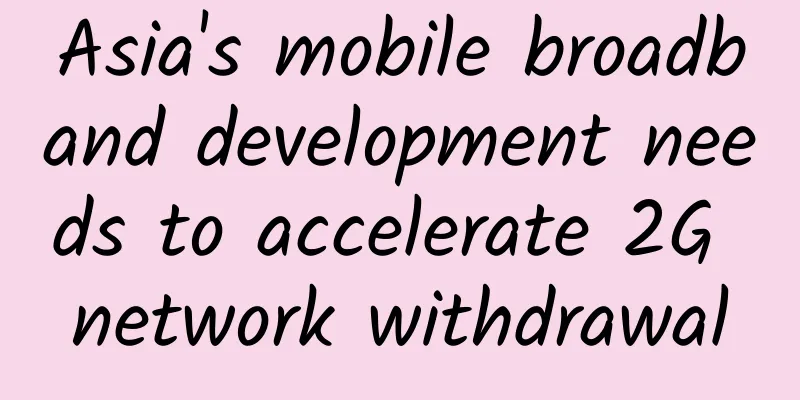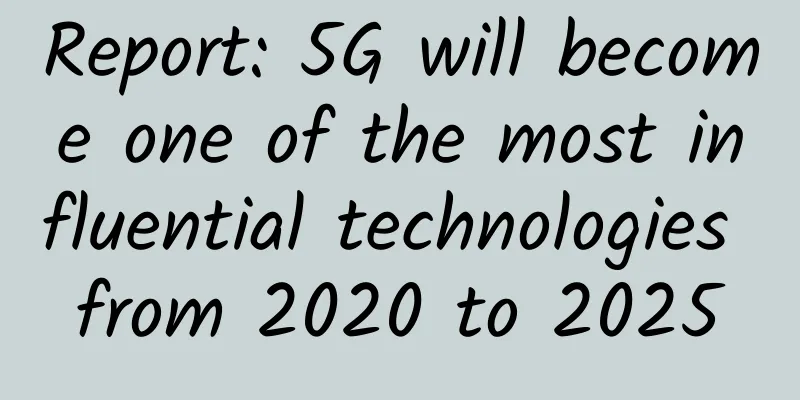IPv6 Multicast Technology and Dual Protocol Stack Technology

|
1. IPv6 Multicast Technology IP multicast is an extension of IP. IP multicast transmits IP data packets from one sender to a group of receivers instead of one receiver on a local area network or a wide area network, and relies on the network to transmit the data packets only to the network that needs to receive it. IPv6 provides rich multicast protocol support, including MLDv1, MLDv1 Snooping, PIM-SM, PIM-DM, and PIM-SSM. 1. MLDv1 Multicast Listener Discovery for IPv6 (MLD for short) is an IPv6 multicast listener discovery protocol. MLD is an asymmetric protocol, and the protocol behaviors of IPv6 multicast members (hosts or routers) and IPv6 multicast routers are different. Its purpose is to enable IPv6 routers to use MLD to discover the presence of IPv6 multicast listeners directly connected to them, collect and maintain group memberships, and provide the collected information to IPv6 routers so that multicast packets can be transmitted to all links where IPv6 listeners exist. MLDv1 is basically the same as IGMPv2 of IPv4. There are two differences: The protocol message address of MLDv1 uses IPv6 address; the name of the leave message is different. The leave message of MLDv1 is Multicast Listener Done, and the leave message of IGMP is IGMP Leave. 2. MLDv1 Snooping MLDv1 Snooping is basically the same as IGMPv2 Snooping for IPv4. The only difference is that the protocol message addresses use IPv6 addresses. 3. PIM-SM PIM-SM is called a protocol-independent multicast routing protocol based on sparse mode. It uses potential unicast routes to provide reverse path information for the establishment of multicast trees and does not rely on a specific unicast routing protocol. PIM-SM for IPv6 is basically the same as that for IPv4. The only difference is that both the protocol message addresses and the multicast data message addresses use IPv6 addresses. 4. PIM-DM PIM-DM is a dense mode protocol-independent multicast mode. IPv6 PIM-DM is basically the same as IPv4, with the only difference being that both the protocol message address and the multicast data message address use IPv6 addresses. 5. PIM-SSM PIM-SSM uses some of the technologies in PIM-SM to implement the SSM model. Since the receivers already know the specific location of the multicast source S through other channels, the SSM model does not require RP nodes, does not need to build an RPT tree, does not require source registration, and does not require MSDP to discover multicast sources in other PIM domains. 2. Dual-stack technology Dual stack technology refers to enabling both IPv4 and IPv6 protocol stacks on a device. IPv6 and IPv4 are network layer protocols with similar functions, and both are based on the same underlying platform. As shown in Figure 1, if a host supports both IPv6 and IPv4 protocols, then the host can communicate with hosts that support the IPv4 protocol as well as hosts that support the IPv6 protocol. This is the working principle of dual-stack technology. Figure 1: Schematic diagram of dual-stack technology The working process of the dual stack method can be simply described as: If the destination address is an IPv4 address, use IPv4 technology; If the destination address is an IPv6 address, the IPv6 address is used. When using an IPv6 address, encapsulation may be required. Dual-stack technology is the most widely used transition technology among IPv6 transition technologies and is also the basis for all other transition technologies. Limitations of using dual stack technology: When using dual stack technology, all devices in the network must be upgraded. At the same time, since network devices need to support two protocol stacks at the same time, memory overhead and CPU usage will inevitably increase, reducing device performance. |
<<: Once together, now separated, 5G baseband will connect everything
>>: What to expect from SD-WAN in 2019? Five major trends to watch
Recommend
Understanding HTTP and TCP protocols from an HTTP request
[[347384]] From an HTTP request to see the princi...
The 5G Revolution: Unveiling the Future of Healthcare
Evan Kirstel, Chief Digital Evangelist and Co-Fou...
How Industry 4.0 and 5G will change supply chain visibility
As the pandemic highlights the serious inefficien...
VXLAN technology introduction: Building a virtual Layer 2 network with a Layer 3 network
1. VXLAN Overview 1. What is VXLAN VXLAN (Virtual...
Summary information: Jinfeng Cloud/51 Point Quality Cloud/Yuan Cloud/Xin Tianyu Interconnection
The annual Double Eleven is also an online and of...
After reading this article, you will regret not visiting the exhibition area of Huawei Eco Partner Conference 2019
[51CTO.com original article] After reading this a...
CloudCone: $17.77/year KVM-512MB/100GB/3TB/Los Angeles MC Data Center
CloudCone's large hard disk VPS host is back ...
Voice message application series——Unlimited message listening assistant
who I am Hello everyone, my name is NGCSS (Next G...
MiWi protocol, a network protocol suitable for small IoT
There are many ways to achieve short-distance com...
What is the 5G Open RAN Policy Alliance established by Microsoft, Google, Samsung and other giants?
According to foreign media reports, the Open RAN ...
5G commercialization is accelerating. What does this mean for drones?
Since the beginning of this year, my country'...
The management and configuration of routers and switches will definitely refresh your mind!!!
1. Management and configuration of routers and sw...
What is 5G IoT and how will it change connectivity?
[[349454]] 5G will fundamentally change the way o...
Thoughts behind "Mobile Internet Users and All-Netcom Sales Both Exceed 700 Million"
According to the latest report released by China ...
Maxthon Hosting: 54 yuan/month US CN2 GIA-2GB/30G SSD/500GB/Los Angeles Data Center
Aoyoyun is a long-established hosting company, fo...









